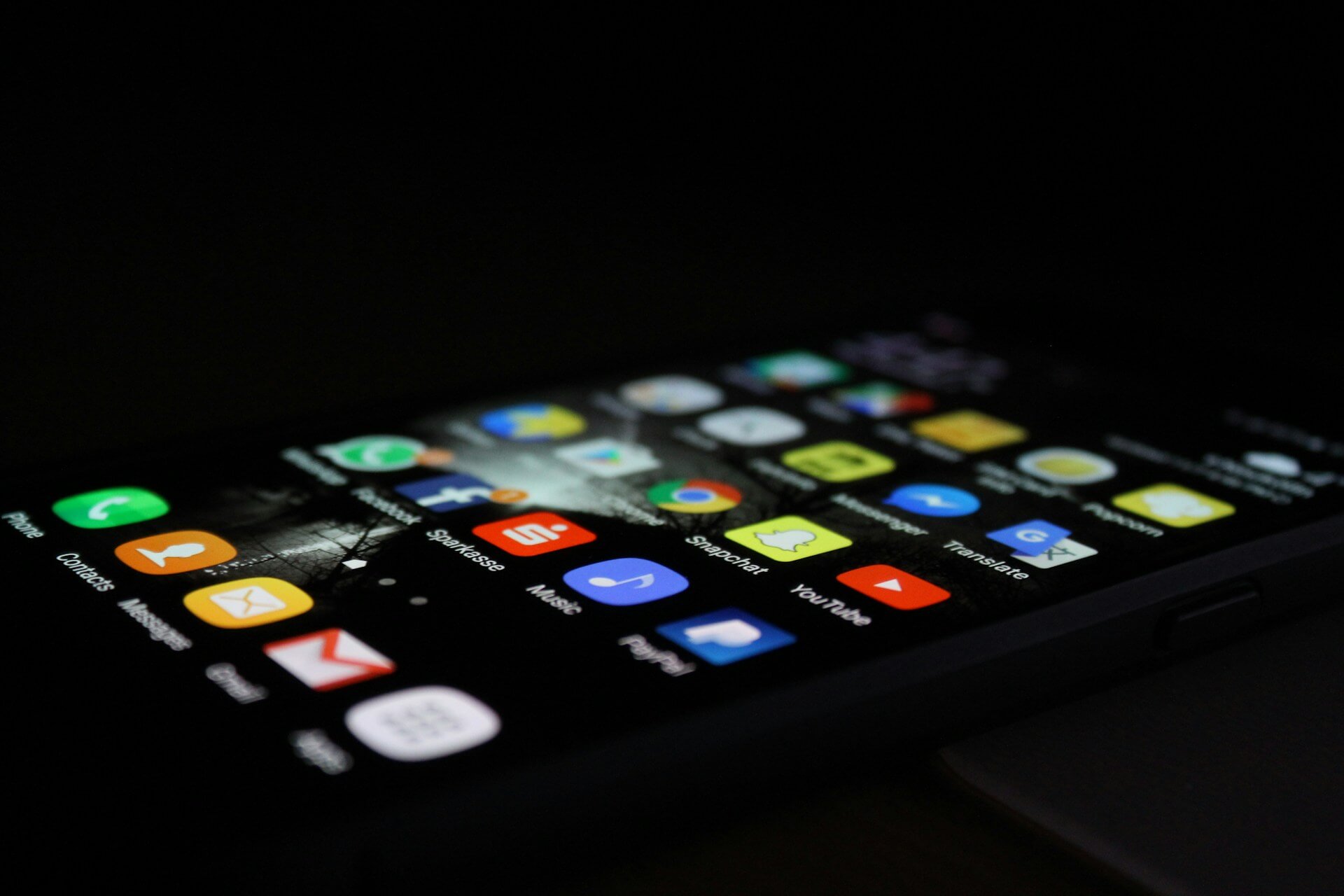
The process of transferring photos from Android devices to Mac computers lacks simplicity to meet user needs. MacOS lacks built-in Android file transfer capabilities, even though Apple devices seamlessly synchronize within their own ecosystem. Finding the proper method to transfer photos between Android smartphones and Mac systems becomes crucial for users who wish to backup their images or edit pictures on larger displays. Fortunately, there are several reliable ways to transfer photos from Android to Mac, including USB connections, cloud services, and wireless solutions. We should investigate the most effective transfer methods to guarantee trouble-free data transfers.
Direct Transfer Using a USB Cable
Transfer photos from Android to Mac through a direct USB connection is the most efficient file transfer method. The file transfer function of macOS fails to detect Android devices without manual configuration. Seamless access to internal storage for Android phones is possible using MacDroid as an external tool. You need to establish a USB connection between your Android phone and your Mac using a USB cable to use this technique.
MacDroid enables access to your phone’s files through an external drive interface, which makes photo transfers possible through standard drag-and-drop operations. Users can execute large file transfers using this method, which ensures high-quality images without compression artifacts. The transfer process using a USB connection operates without needing internet access, thus ensuring both speed and security during file transfers.
Photo sharing with Google Photos
The cloud storage solution Google Photos provides users with automated wireless backup capabilities. Your pictures will be stored in the cloud service through automatic backup, enabling access from any device. The first step for this method is to verify that Google Photos is turned on for backup on your Android device. To enable Backup & Sync, you must access Settings in the Google Photos app. To access your images, go to photos.google.com and sign into your Google account after uploading your pictures.
You can obtain photos by downloading them directly from the platform. This method allows you to access your photographs conveniently since they are available from all locations. The backup process depends on an internet connection and uses your Google account storage capacity, which increases when you store multiple high-resolution images.
Use Android File Transfer for Mac
Users can use Android File Transfer as a free USB-based solution that helps macOS detect Android devices. Install Android File Transfer by downloading it first, then connecting your phone to a USB cable. After the connection, your device will start the app that shows your storage data. You must first connect your device to your Mac through USB before you can locate the DCIM or Pictures folders to drag selected photos to your computer manually.
The system proves useful, but it does generate some operational limitations. Android File Transfer comes with a maximum file size limit of 4GB, but users may face connection problems when using it with newer macOS versions. Users who want a stable transfer experience should choose MacDroid, which enables endless file transfers regardless of their size.
Wireless Transfer Using Bluetooth and AirDroid
The wireless transfer options for users who wish to go cable-free include Bluetooth and AirDroid. Bluetooth works across Android and macOS but provides minimal speed, which prevents effective photo transfers. The process of sending photos using Bluetooth starts by pairing your Android device with your Mac, which enables file sharing through the Bluetooth sharing feature. Users seeking quick wireless transfers should utilize AirDroid because it provides a web-based interface for sharing files.
Start by downloading and installing the AirDroid mobile app onto your Android system, then launch web.airdroid.com from your Mac’s browser screen. When you scan a QR code, you can access your mobile phone storage for wireless downloading of needed images. AirDroid provides a convenient wireless transfer method that works with stable Wi-Fi yet imposes restrictions on free users regarding file size limitations.
Easy Access to Cloud Storage Options
Users can retrieve their photos through Dropbox, Google Drive, and OneDrive, regardless of their device.
- The photos on your Android device can be uploaded to a cloud storage platform.
- Launch either the application or website corresponding to your Mac system’s storage service.
- Perform downloads for photos directly to your computer when required.
Cloud storage provides unlimited file access at the cost of external costs for increased storage allocation, which requires an internet connection.
Conclusion
The best method to transfer photos from Android to Mac depends on your needs. MacDroid is the most efficient offline transfer solution, providing safe USB connections while removing file size limitations. Google Photos and cloud storage enable automatic backup and remote access, but AirDroid delivers a versatile wireless option. Knowledge of the available options provides a successful photo transfer process between your Android phone and Mac environment.
